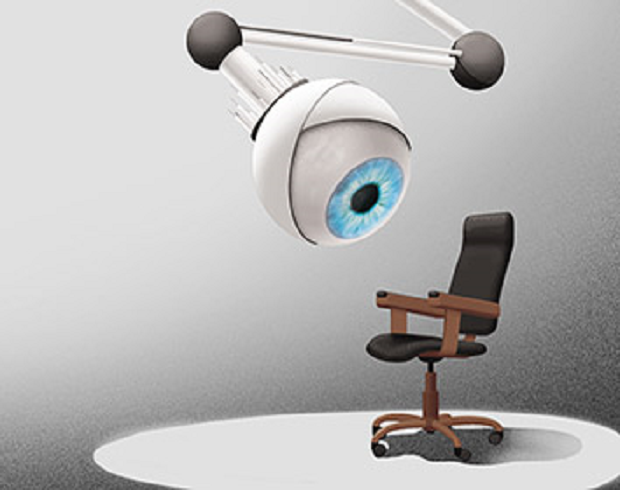[vc_row][vc_column width=”2/3″][vc_column_text]Mutua stops John in BuruBuru and asks for the quickest way to Westlands.
John asks, “Are you on foot or in the car?”
Mutua says, “In the car.”
John says, “That’s the quickest way.”
In case you missed it, there is an obscenely symbiotic relationship between the growth of credit supply in Kenya and the now ubiquitous traffic jams that are spreading beyond this cities of Nairobi and Mombasa. Rather than rehash what I have written before, I pulled out some data from the Economic Survey 2015 that was put together by the Kenya National Bureau of Statistics so as to get a verified position of my thesis. First let me give credit where it’s due. The 2015 Economic Survey, all 334 pages, is a treasure trove of statistical information on all aspects of the Kenyan economy. It is a very useful tool for looking at historical information about education, health, banking, government and many other sectors as well being able to extrapolate trends if you’re so inclined. Well, the data on vehicle importation was eye-popping to say the least. In the last four years, the annual importation of motor vehicles has grown from Kshs 62.8 billion in 2011 to Kshs 101.7 billion in 2014, a 62% growth in value terms. I know what you’re thinking, as you roll your eyes at this number: it must be the confounded boda bodas that are driving this growth.
Actually it’s not. In 2011, there were 140,215 motorcycle registrations, which was actually the highest in the last four years. By 2014, there were 111,124 motorcycle registrations or a 20% drop. Conversely, lorries and trucks grew from 5,247 in 2011 to 10,681 in 2014, a growth of 103%. Now, I find that quite interesting. What are these lorries hauling? Is this growth in any way related to long distance transportation of goods across East Africa or is it related to the SGR construction where countless Chinese trucks criss cross Mombasa Road moving building materials? I did note that many of them did not bear Kenyan registration plates when I last drove past an SGR construction site so my point might actually be moot (since the KNBS numbers describe actual vehicle registrations) and the growth in truck importations could directly be linked to long distance transportation or phenomenal growth in the building construction industry. But I digress, as I wanted to demonstrate vehicular traffic of the jaw-dropping fame that has now consumed us as a country. In the same period, saloon car registrations grew from 11,026 in 2011 to 15,902 in 2014. That sounds low doesn’t it? 44% growth in 4 years? Well you just wait for the kicker. Registration of station wagons grew from 31,199 to 53,542 or 71% growth in the same four-year period! These are your Proboxes, Toyota Wishes, Nissan Wingroads, Subaru Imprezas, and all manner of station wagons that, together with saloon cars, have transformed our roads into the collective sludge of traffic non-movement. What is financing this phenomenal growth in vehicular traffic? The Kenyan banking industry is.
So I pulled up a fairly decent report issued quarterly by the Central Bank of Kenya. The report, titled “Developments in the Kenyan Banking Sector” provides information on sectoral distribution of loans in the banking industry. Using the quarter one 2012 and quarter one 2015 reports, the not-so-surprising revelation is that lending to the personal/household sector (which is where unsecured consumer lending is recorded) is the single largest borrowing segment in the entire Kenyan banking industry. Let me say that again: loans to individual Kenyans are higher than loans to any other singular sector of the economy. (If I handed in this piece on time, my copy editor would have been able to insert an illustrative table, but time doesn’t allow for this insertion, unfortunately). By December 2011, the banking industry had lent out 318.8 billion to the retail sector, which was 27% of the Kshs 1.1 trillion gross loans and advances. Four years later, the banking industry had lent out 518.2 billion to the same retail sector out of the Kshs 1.97 trillion gross loans and advances. So even as the growth in loans and advances has almost doubled in four years, lending to the personal sector has steadily maintained its rate at just a quarter of total bank lending. The bulk of these loans are personal, unsecured loans that are taken to purchase motor vehicles.
I called up an old friend, who heads up the Risk Department in a Tier One bank here in Kenya. He confirmed my numbers that personal consumer lending at his bank makes up about 55% of the total bank loan book. He dropped another bombshell as a parting shot. He had just returned from a credit conference in South Africa where a consultant had made a presentation on the state of credit in many African economies. In South Africa particularly, the rate of borrowing in most households was at 75%. In Kenya, the research had it at 68%. While the banking industry (and to a lesser but noteworthy extent, the Savings and Credit Cooperative Society industry) have democratized access to credit in this country, a key unintended consequence has been to democratize access to vehicle ownership for Kenyans. What we see on our roads daily will not go away. And for those whose hopes had risen with the increase of excise duty on the smaller capacity vehicles as was done in the last budget, you need to peg your hopes down a notch. Increased taxation will not stop vehicle buyers from purchasing cars; it will only increase the size of loans being requested by consumers. For as long as the banking industry is willing to continue growing its personal unsecured lending segment, there will be more cars on our roads that can only mean even more mind numbing traffic and idiotic over lappers. It might actually be faster to walk to Westlands from BuruBuru than to drive in the next five years!
[email protected]
Twitter: @carolmusyoka[/vc_column_text][/vc_column][vc_column width=”1/3″][/vc_column][/vc_row]

 carolmusyoka consultancy
carolmusyoka consultancy
 @carolmusyoka
@carolmusyoka

